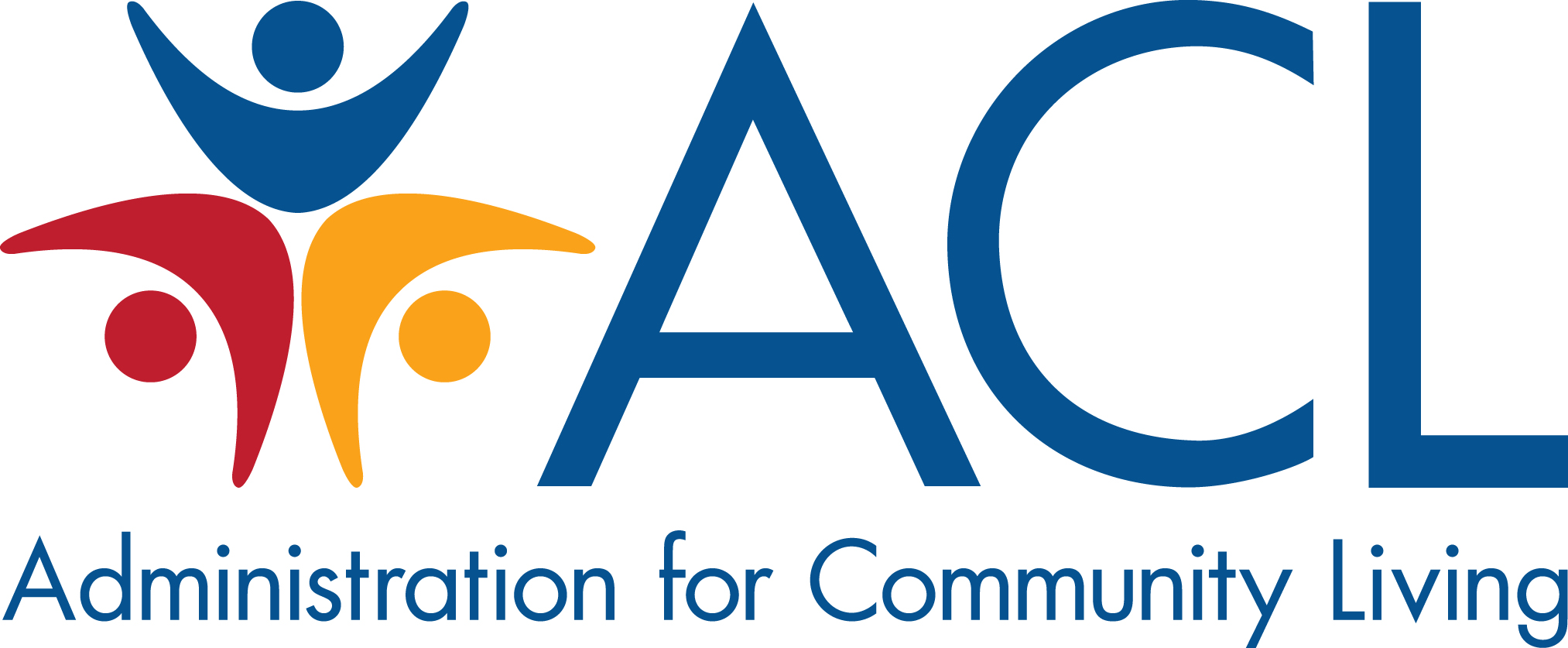About MIPPA
The Medicare Improvement for Patients and Providers Act (MIPPA) program helps Medicare beneficiaries with limited income and assets learn about programs that may save them money on their Medicare costs. Through MIPPA, ACL provides grants to states and tribes to support targeted outreach and education to eligible Medicare beneficiaries, especially those who are low-income with limited resources and/or residents of rural areas.
ACL administers MIPPA grants to grantees in three ACL programs: State Health Insurance Assistance Programs (SHIP), area agencies on aging (AAA), and Aging and Disability Resource Centers/No Wrong Door Systems (ADRC/NWD). They also provide grants to tribes and tribal organizations.
Grantees educate Medicare beneficiaries about existing programs that can help them save money on their health care costs. These programs include:
- Medicare Part D Low-Income Subsidy (LIS)/Extra Help:Administered by the Social Security Administration, this program helps to lower Medicare Part D costs — including out-of-pocket costs for premiums, deductibles, and prescription drugs — for beneficiaries who meet certain income and resource eligibility requirements.
- Medicare Savings Programs (MSPs):Administered by state Medicaid agencies, MSPs can help pay some Medicare costs for health care, including Medicare Part B premiums, for eligible beneficiaries. These programs have four levels of benefits, each with its own eligibility requirements: Qualified Medicare Beneficiary (QMB), Specified Low-Income Medicare Beneficiary (SLMB), Qualifying Individual (QI), and Qualified Disabled Working Individual (QDWI).
- Medicare Preventive Services:MIPPA grantees also educate the community about Medicare Preventive Services, which cover many preventive health services such as the “Welcome to Medicare” preventive visit; yearly “wellness” visits; vaccinations like for the flu and COVID-19; screenings for cancer and heart disease; and more. These services are available to all Medicare beneficiaries, regardless of their income and assets.
History and Structure
Since its passage in 2008, MIPPA has helped more than one million low-income Medicare beneficiaries learn about programs that can make their health care and prescription costs more affordable.
ACL coordinates outreach between grantees, Centers for Medicare & Medicaid Services (CMS), and the aging network to ensure that local service providers and partners have access to materials and resources that will help them assist Medicare beneficiaries, their families, and caregivers.
MIPPA grantees are located in all 50 states, Puerto Rico, Guam, and the District of Columbia.
Funding
- SHIP, AAA, and ADRC Grantees
-
The following tables show the amount of federal MIPPA grant funds provided to each grantee under “Priority Area 1 – State Health Insurance Assistance Program”, “Priority Area 2 – Funding for Area Agencies on Aging,” and “Priority Area 3 – Aging and Disability Resource Centers.”
- Native American Tribal Grantees
-
The following tables show the amount of Federal MIPPA grant funds provided to each Native American tribal grantee under “Priority Area 2 – Funding for Area Agencies on Aging.”
National Center for Benefits Outreach and Enrollment
MIPPA funding also supports the National Center for Benefits Outreach and Enrollment (NCBOE), which provides technical assistance to states, AAAs, ADRC/NWDs, SHIPs, and other community service providers to support their work with Medicare beneficiaries, particularly those in the greatest economic need. To do this, the NCBOE:
- Provides online tools and resources that help Medicare beneficiaries identify and apply for the full range of benefits that they are eligible to receive
- Utilizes cost-effective strategies to identify and enroll eligible beneficiaries in the programs they qualify for
- Creates and supports benefit enrollment centers at ADRCs and other public and private state and community-based organizations, including faith-based organizations and coalitions
- Develops and maintains an information clearinghouse on best practices and cost-effective methods for finding and enrolling beneficiaries
- Provides training and technical assistance on effective outreach, screening, enrollment, and follow-up strategies
The National Council on Aging’s Center for Economic Well-Beingcurrently serves as the NCBOE grantee and provides training, resources, and promotional activities for MIPPA grantees.
Resources and Useful Links
Medicare beneficiaries, their families, and caregivers, as well as others who support beneficiaries, can review health care and prescription drug plan information online through the Medicare Prescription Drug Plan Finder and Medicare Options Compare at www.medicare.gov.
CMS’s Outreach Toolkitprovides LIS data in both interactive maps and sortable spreadsheets. Beneficiaries can also apply for LIS online.
Managing Conflicts of Interest: ACL has developed 'Conflict of Interest: Identification, Remedy, and Removal' to provide technical assistance to SHIP/SMP/MIPPA programs and their partner community-based organizations (CBOs) on how to avoid actual and perceived conflicts of interest (COI) and mitigate risk.

